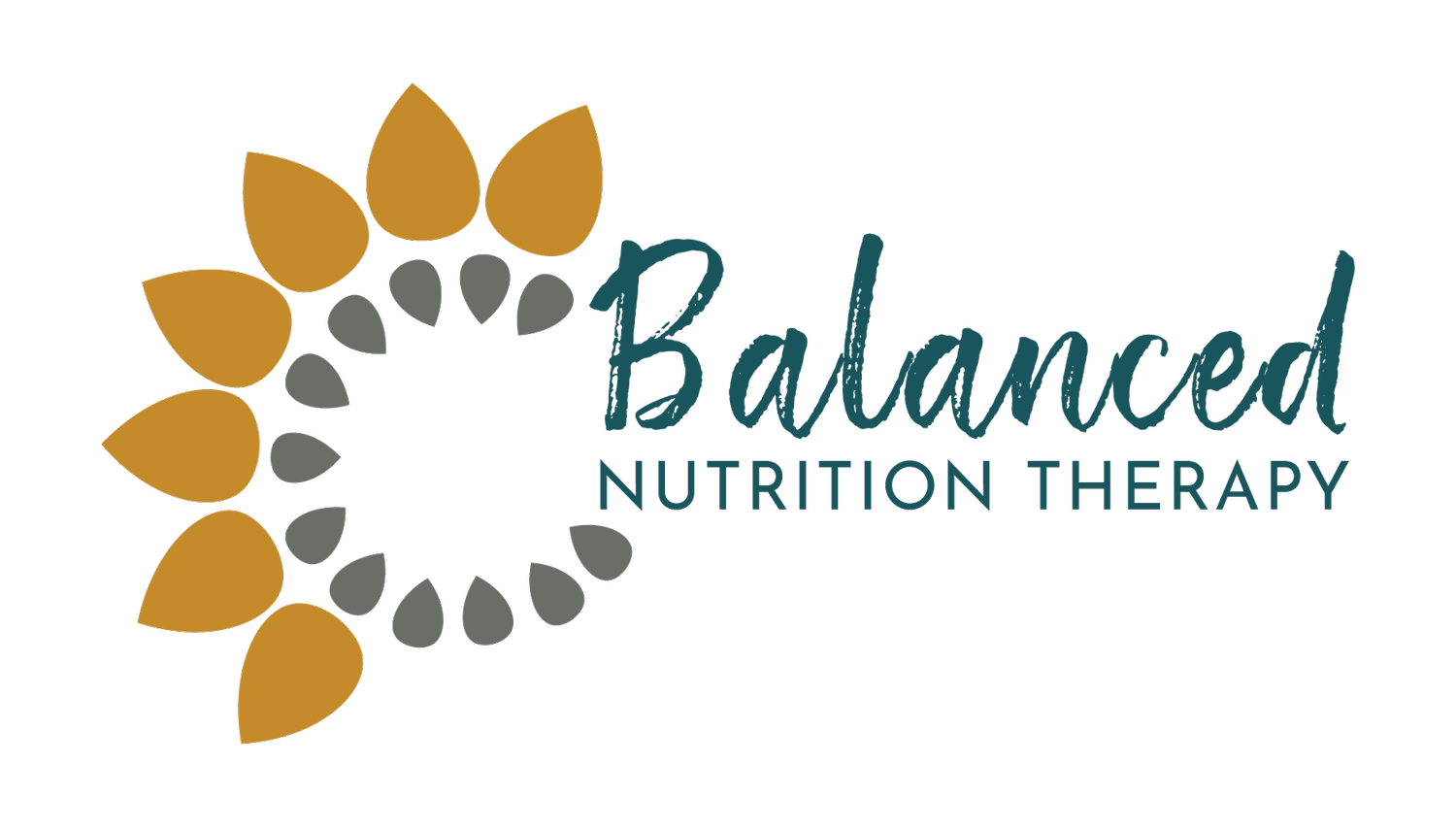Overcoming Fear Foods in Eating Disorder Recovery
We’ve all heard the phrase, “All foods are good foods,” right? But what about foods that are so delicious you feel like you could eat them forever—even when you’re not hungry? What about the foods that bring on panic, shame, or that instant, uncomfortable desire to spit them out the moment they hit your tongue?
That doesn’t feel like “good food,” does it?
But here’s the truth: it’s not actually the food that’s bad. It’s the fear tied to that food.
Where Does Food Fear Come From?
Maybe it's the calories.
Maybe it's the carbs.
Maybe someone once told you it’s “junk,” or that you shouldn't eat that.
Maybe it’s all of the above.
Regardless of the reason, when a food triggers guilt, anxiety, or obsession, it becomes clear: the food isn't the problem—the mindset (The Fear!) around it is.
Food should never have the power to make you feel unsafe. (Unless, of course, it’s a medical allergy—that's a totally different story.) But if it's fear that’s guiding your food choices rather than nourishment or enjoyment, that’s worth exploring and challenging.
What Counts as a Fear Food?
Anything! Your fear doesn’t have to make sense to anyone else. If you feel a heightened level of anxiety around a particular food for any reason, that fear is valid for you.
It could be a food you fear because of its nutritional content.
It could be a food that you once binged on—and now avoid at all costs.
It could even be a food that once felt like the only safe thing to eat during restriction, and now it feels tied to that time.
The reasons are deeply personal, and so is the healing to reclaim your ability to choose.
But imagine the relief—the freedom—of finally eating that food without fear. Imagine feeling neutral, rather than anxious or obsessed. That IS possible.
Healing Begins with Exposure
Changing this relationship doesn’t mean you need to dive into your most feared food head first (or mouth first..). It means starting small—maybe just allowing the food to be present on the table during a meal or snack.
It could mean taking one bite, pausing, practicing grounding techniques, and then finishing the rest of the other food on your plate.
Lets say you challenge a fear food once and never return to it, that’s still a step forward.
But long-term healing means more than a one-and-done. True freedom is when that food no longer rules your emotions or your day.
Because here’s the ultimate goal: You deserve to walk into a restaurant, a friend's house, or the grocery store without fear whispering in your ear.
Your Guide to Challenging Fear Foods
Make a hierarchy.
Write down your fear foods from least to most anxiety-inducing.Write your "why."
Why do you want to be free from food fear?
How has this fear affected your social life, your joy, your sense of peace?Plan your exposure.
Choose a low-anxiety food from your list.
Set a day, time, and who you’ll be with.
Maybe you’ll just have it in front of you. Maybe you’ll try a bite. Maybe it will be part of your meal.Practice comfort afterward.
What soothes you? Choose something grounding, not numbing.Cuddling with a pet
Playing a video game
Doing art or puzzles
Calling a friend
Journaling
Repeat. Repeat. Repeat.
Healing comes from consistency, not intensity.
It’s not about “doing it perfectly”—it’s about doing it with care.Honor your body, not your fear.
Don’t skip other meals to “make up” for eating the fear food.
That only reinforces the idea that it was dangerous. It wasn’t.
Freedom Tastes Like Peace
The moment you eat that once-feared food and notice—nothing happens… No spiral. No shame. No urge to restrict or purge…
Just enjoyment. Or neutrality…
That’s where your power is.
Because then, your decisions around food are based not on fear—but on your preferences, your hunger cues, your life.
Food becomes just food. You become more you.
You Don’t Have to Do This Alone
Challenging fear foods is brave work (for real!). And doing it with support makes a world of difference.
Whether it’s with a recovery coach (#best recommendation), a dietitian, therapist, or a trusted friend—having someone beside you who understands your fear, but believes in your freedom, can change everything.
Left alone with our own thoughts, it’s easy to spiral. But when someone holds space for both your fear and your growth, healing becomes a shared, supported journey.
Deborah Hinds, NDTR is an Eating Disorder Recovery Coach in Crestwood, MO and works virtually with clients around the world. She has over 30 years’ experience working with Eating Disorders across all levels of care. Deborah’s playful spirit and deep compassion set her apart as a standout clinician in the field.


